This article originally appeared in The Hill on April 30, 2017.
If the tax proposal vaguely outlined by Treasury Department Secretary, Steven T. Mnuchin is any indication, the Trump Administration’s effort to reform U.S. taxation will be as much of a mess as its effort to ‘repeal and replace’ Obamacare.
First, Mr. Mnuchin’s claim that the tax plan will pay for itself is not believable. The reason is that a sizeable fraction of the revenues will come from a tax on past profits that American companies have earned but held abroad. Under current U.S. law, such profits are taxed at the full U.S. corporation income tax rate of 35 percent, but only when the U.S. company brings those earnings back to the United States.
At the reduced corporate tax rate of 15 percent that Mr. Mnuchin announced for new corporate profits–or at possibly an even lower rate on repatriated earnings—many companies will be willing to bring their earnings home. The Trump administration will count that one-time bump from ‘repatriation revenue’ as an offset against the permanent revenue loss from proposed cuts in tax rates. The plan may look balanced over the first few years. But once the tax ‘manna’ from repatriation is consumed, the deficit will balloon — companies can repatriate old earnings only once.
This bit of phoniness is entirely independent of the magical thinking that has led Mr. Trump to boast that his tax and other policies will cause the overall growth in economic growth per worker to more than double.
A tax bill that enlarges an already worrisome long-term budget deficit is bad enough. One that creates vast new avenues for tax avoidance is even worse. This proposal would foster just such game playing.
The increased opportunities for tax avoidance will arise because the Trump proposal would enormously widen the currently small difference between the tax rate on corporate profits—35 percent—and the top personal income tax rate of 39.6 percent. Under the Trump plan, the corporate rate would be 15 percent and the top personal income tax rate will be 35 percent.
This gap will foster tax avoidance because many small businesses, people who sell professional services, such as doctors and lawyers, and large businesses, such as real estate developers, can organize themselves as sole-proprietors or partnerships, or alternatively as corporations. If they operate as sole-proprietors or partnerships, they pay personal income tax on what they earn. As ordinary corporations, they can pay themselves comparatively low wages and retain most earnings inside the corporation, taking funds out only later as dividends that are now subject to low rates of 5 percent or 15 percent. Even better, they would be able to organize as so-called S corporations, all of the profits from which flow through to their owners as current income but that under the Trump plan would be taxed at the reduced corporate rate of 15 percent.
By widening the currently small 4.6 percentage point (39.6-35) gap between the personal and corporate tax rates to 20 percentage points, the Trump plan would greatly increase the payoff to reorganization games. People who now operate as sole proprietors or partnerships would have a greatly enlarged incentive to reorganize as corporations of one kind or another. By doing so, they would cut their tax rates from 35 percent to 15 percent. For many small businesses and individuals who file a schedule C as part of their personal income tax return and even for ordinary employees who could “incorporate” and sell their services to their employer, Maisie bar the door! Let’s see whether a Treasury Department committed to count the supposed gains from tax-reform-induced growth in the economy are able to hear the loud gurgle of revenues that under their plan would drain away through tax avoidance.
In a very real sense, these criticisms treat the “tax plan” Mr. Mnuchin described at Wednesday’s press conference with more seriousness than it deserves. Any group of responsible tax analysts could have come up with more detail and a better proposal over a weekend than the 15-line “plan” that it has taken the Trump administration 100 days to produce. On the other hand, the paltry performance is unsurprising: the sub-cabinet staff at Treasury who in other administrations of both parties were at their jobs by the 100 day mark have not yet even been nominated.
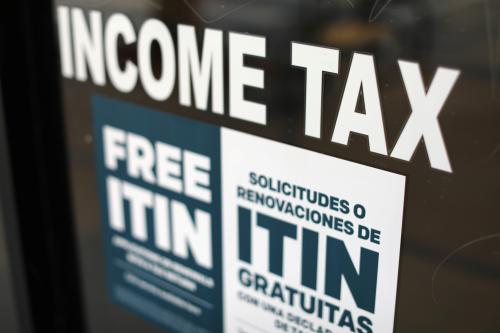

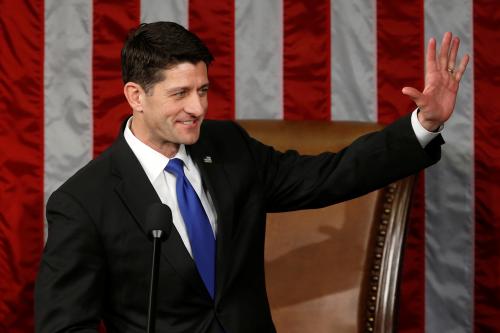
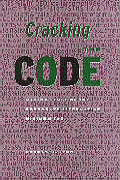


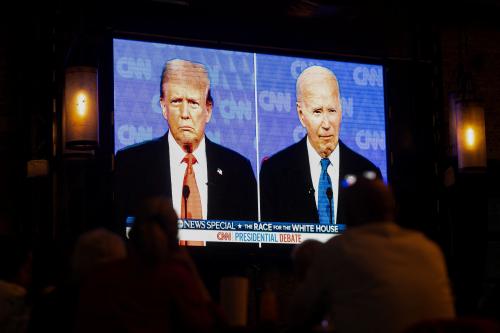
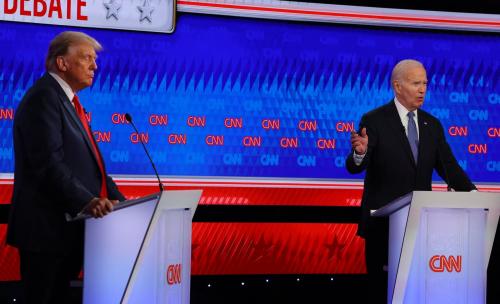

Commentary
Op-edTrump’s tax plan: Amateur hour at the Treasury Department
May 1, 2017